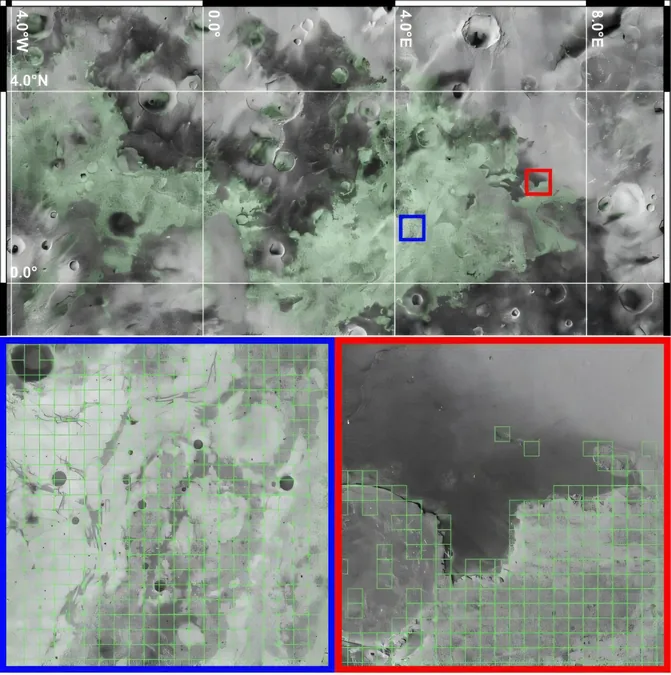
Revolutionizing Mars Exploration: AI's Role in Geology Mapping
2025-05-16
Author: Benjamin
Unlocking the Secrets of Mars with AI
What if artificial intelligence (AI) could transform how we explore other planets? That's the ambitious goal tackled in a groundbreaking study presented at the 56th Lunar and Planetary Science Conference. A researcher has pioneered the use of machine learning models aimed at revolutionizing mapping and imaging techniques by analyzing orbital images from the Mars Reconnaissance Orbiter (MRO).
Bridging Gaps in Planetary Science
This innovative research holds the potential to reshape our understanding of Mars and other celestial bodies, making the vast landscape of data more accessible to scientists, engineers, and the public alike. We caught up with Dr. Andrew Annex, a senior science systems engineer at the SETI Institute, to delve deeper into his motivations and the promising outcomes of this study.
Motivation Behind the Research
Dr. Annex explains, "The primary goal of my work is to accelerate scientific discovery and enhance the scientific yield from existing Martian datasets.” Traditionally, studies of Mars involve painstakingly sifting through hundreds or thousands of images manually, a method that can be incredibly slow and tedious.
Harnessing Machine Learning for Image Analysis
In his research, Dr. Annex explored how contemporary image analysis techniques could be transformed through machine learning—specifically using tools like content-based image retrieval (CBIR), OpenAI’s CLIP, and cloud computing. CBIR scans and matches images based on their content, while OpenAI CLIP specializes in linking images with textual descriptions across vast collections of data.
Creating a Visual Search Engine for Mars
Through machine learning, Dr. Annex successfully constructed a basic visual search engine that enables rapid searches across the Martian surface at impressive pixel resolution. This innovation doesn’t just optimize data retrieval; it lays groundwork for future inquiries into Martian geology and surface features.
The Legacy of Mars Exploration
The journey of Mars exploration began on July 15, 1965, with NASA’s Mariner 4 spacecraft, which sent back the first ever black-and-white images of the Red Planet. Since then, advances in imaging technology have offered glimpse into a world that once may have supported life with oceans and rivers.
The Need for Advanced Analysis Techniques
As Dr. Annex highlights, while computational power has skyrocketed over the past 25 years, our ability to analyze the amassed data hasn’t kept pace. Conventional image analysis methods are often inefficient, creating a bottleneck in scientific discovery. Machine learning, however, introduces speed and adaptability, allowing researchers to pose new questions and draw insights from previously unmanageable troves of data.
Future Implications in Planetary Science
Dr. Annex asserts, "Machine learning won't replace all image analysis but will serve as an invaluable tool to enhance existing methods." This approach could enable scientists to glean crucial insights from Mars' surface and potentially other planetary bodies, paving the way for significant advancements in our understanding of the cosmos.

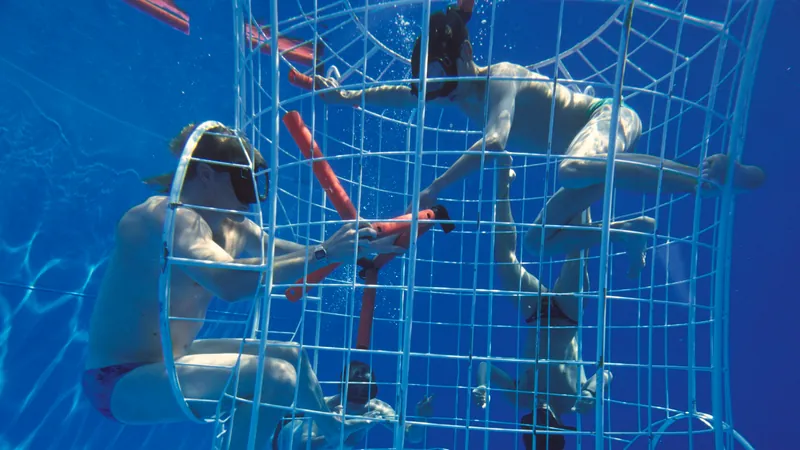


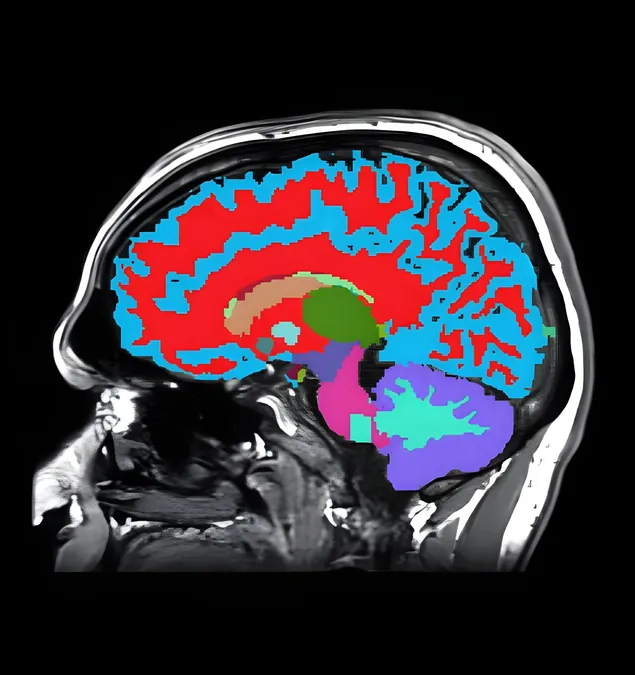

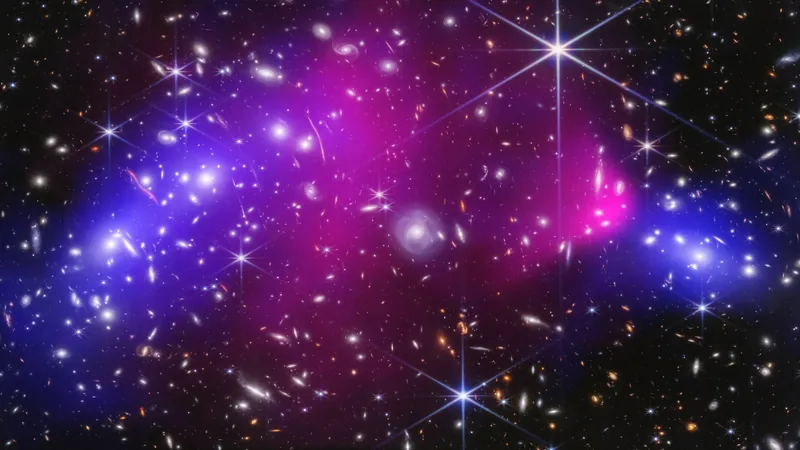
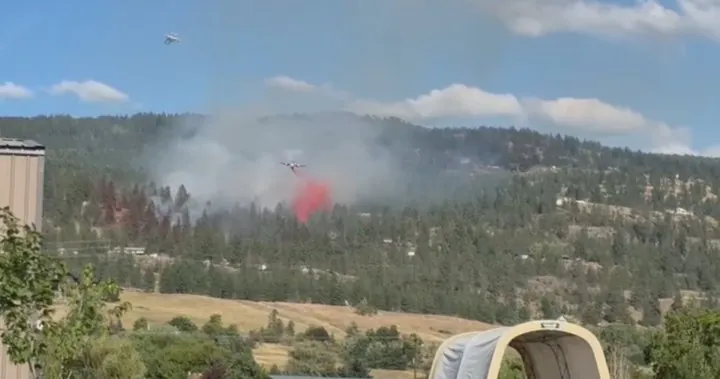
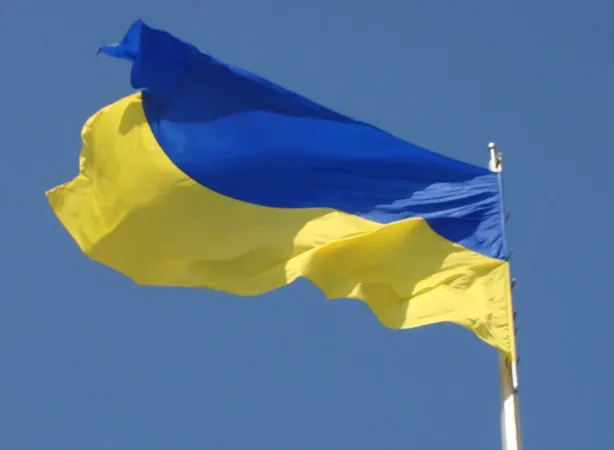
 Brasil (PT)
Brasil (PT)
 Canada (EN)
Canada (EN)
 Chile (ES)
Chile (ES)
 Česko (CS)
Česko (CS)
 대한민국 (KO)
대한민국 (KO)
 España (ES)
España (ES)
 France (FR)
France (FR)
 Hong Kong (EN)
Hong Kong (EN)
 Italia (IT)
Italia (IT)
 日本 (JA)
日本 (JA)
 Magyarország (HU)
Magyarország (HU)
 Norge (NO)
Norge (NO)
 Polska (PL)
Polska (PL)
 Schweiz (DE)
Schweiz (DE)
 Singapore (EN)
Singapore (EN)
 Sverige (SV)
Sverige (SV)
 Suomi (FI)
Suomi (FI)
 Türkiye (TR)
Türkiye (TR)
 الإمارات العربية المتحدة (AR)
الإمارات العربية المتحدة (AR)